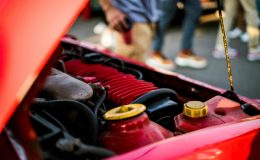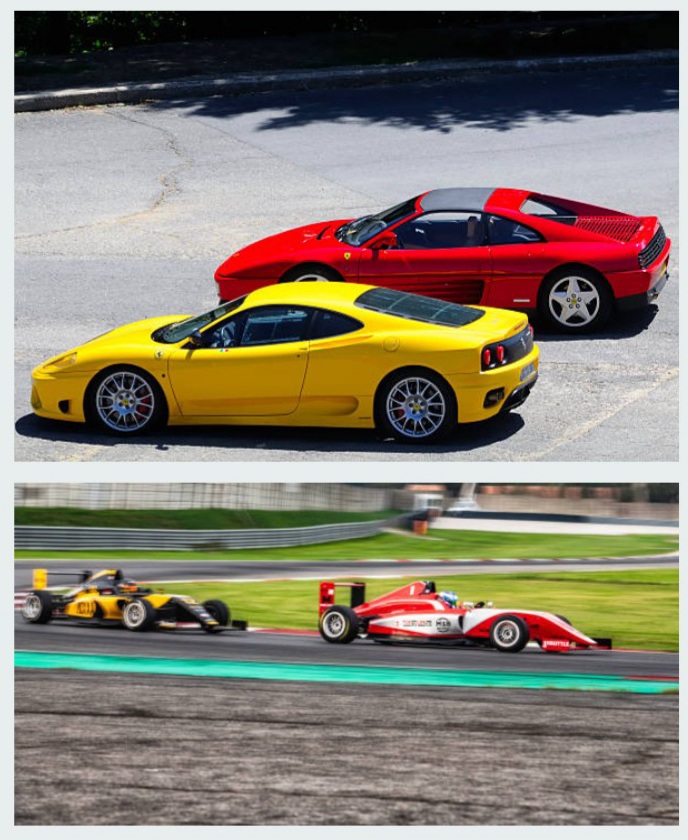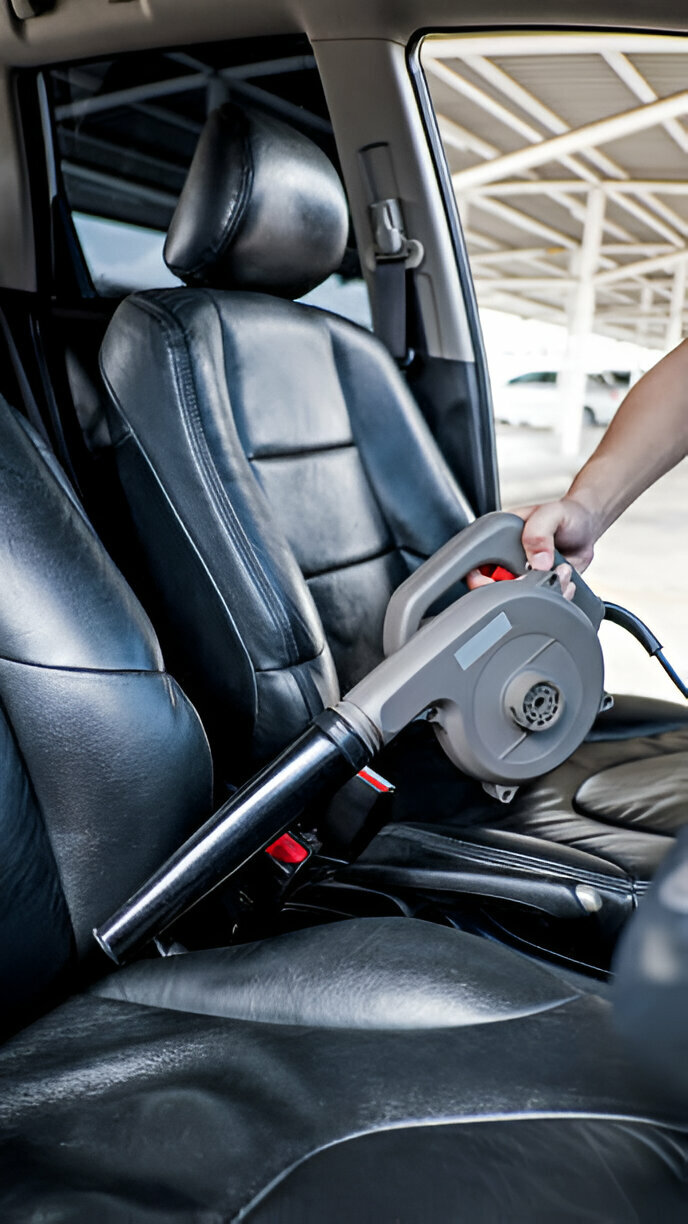Types Of Car Paint; 4 Different Finishes Explained

Among the many, many things you’ll have to consider when buying a car, its colour happens to be atop the list. With such a dizzying array of colours available on the open market – it can be quite a difficult task knowing where to start. We might eventually become somewhat exhausted by the numerous options to choose from.
Aside from the cost, how do these various types of paint differ and are there any benefits to picking one over the other? To help you choose from the options, we’ll briefly explain the different types of finishes, along with their pros and cons on the way to making that all-important decision. They are as follows:
Waterborne and Solvent Paint
Before we get into the various finishes, it is worth noting the difference in the material from which automobile paint is made – with regards to waterborne and solvent-based types.
Solvent-borne: Traditionally the auto paint type that has been used for many years. Solvent-borne types are primarily comprised of a solvent base like a lacquer, urethane, or enamel. They contain a vast amount of volatile organic compounds, which has raised both health and environmental concerns as a result.
Waterborne: Because of the aforementioned concerns, the focus is increasingly turning towards the waterborne type since they’re primarily comprised of water and contain around 10% solvent.
So, which one is better? Some shops and garages have noted that waterborne paint doesn’t adhere as well as the usual solvent-based paint. However, modern advances in technology have meant that auto paint manufacturers can now produce high-performance water-based paints that adhere as much as the solvent-based kind – leading to mass adoption these days.
1. Solid Paint
The majority of cars apart from the pricier ones – are available in a no-cost basic solid colour, usually in white, red, blue, or black. It’s often the case that if a paint colour doesn’t add to the cost of the car, then it’s a solid paint.
Cars with solid paint undergo a single application of the colour, followed by a lacquer coat (called a clear coat) above it, protecting it from chips, scratches and poor weather conditions. Many manufacturers use what’s called ‘two-pack’ paint, where the acrylic paint is mixed with an isocyanate hardening agent to form a superglue-type consistency, removing the need for a separate clear coat.
Pros
- Solid paints are often inexpensive.
- They come with several maintenance benefits: minor stone chips can be repaired with a touch-up of the same colour. These are available at your local market and don’t cost too much. More serious damage can be taken care of at a repair shop at little cost in minimal time.
Cons
- Since they’re cheap and quick to apply, a lot of solid colours tend to have that “orange peel” finish on closer inspection, which isn’t ideal.
- Their limited colour palette (white, red, blue, and black) means they’re a little boring.
2. Metallic Paint
Pretty much the same as solid paints, metallic varieties differ thanks to the addition of a small quantity of powdered metal added. The size and type of metal added varies, depending on manufacturer choices but it’s usually about 1 part in 50 of aluminium powder. The metal particles in the paint pick up and reflect more incident light than the basic paint colours, adding a sleek look that’s undeniably cool.
Pros
- It hides very minor damage from a distance in a much more effective way than solid paint.
- Provided it’s kept clean, metallic paint holds up better than solid paint.
Cons
When damaged, it’s much harder to get metallic paint to match properly. Even professional repair shops can’t guarantee a match, and poor polish jobs will make swirl marks more noticeable.
3. Pearlescent Paint
Rather than metal particles, pearlescent paints are made with ceramic crystals which don’t just reflect light but refract it too. This splits the finish into different colours by allowing some light in and slowing it down as it passes through, giving the paint a sparkle that varies depending on how you look at the car.
Pros
- Pearlescent paints can disguise scuffs and minor damage to the bodywork.
- Unusual stand out variations add a unique finish.
Cons
- Pearlescent paints don’t come cheap and are quite expensive.
- Not exactly inconspicuous, so if you are one to shy away from attention then pearlescent paint isn’t for you.
- Hard to replace, expensive as mentioned, and time-consuming to replace any damage.
4. Matte Finishes
The most uncommon type, matte finishes tend to come in grey or black, adding a premium high-end look to any car. Sometimes, they have a more reflective satin or silk finish than a proper matte look, but they’re broadly the same. The finish prevents the paint coat from reflecting light, which gives the car a hazy, flat quality that’s becoming increasingly popular.
Pros
- Has an undeniable prestige to it.
- If it’s applied as a vinyl wrap – literally where the car is wrapped in vinyl to give it a different appearance, it can be easily removed.
Cons
- Unsurprisingly, matte finishes are expensive.
- Damage to the paint shows up more than it would in other varieties.
- It’s hard to maintain and look after properly as polishing matte paint with a normal abrasion polish could leave gloss patches on your car.
Shopping for Car Paint?
Whenever you’re looking for your new car colour, keep the following in mind:
Colour match: If you’re just doing a touch-up, then make sure the paint you’re buying is factory matched to the vehicle. There should be a colour code on the driver’s side door or in the car’s manual for reference.
Compliance: Make sure any paint you buy is in compliance with environmental rules and regulations.
Preparation: A clean, well-prepared car will save you time, money and effort whether you decide to do the job yourself or take it to a repair shop. Thanks for reading.











No Comments